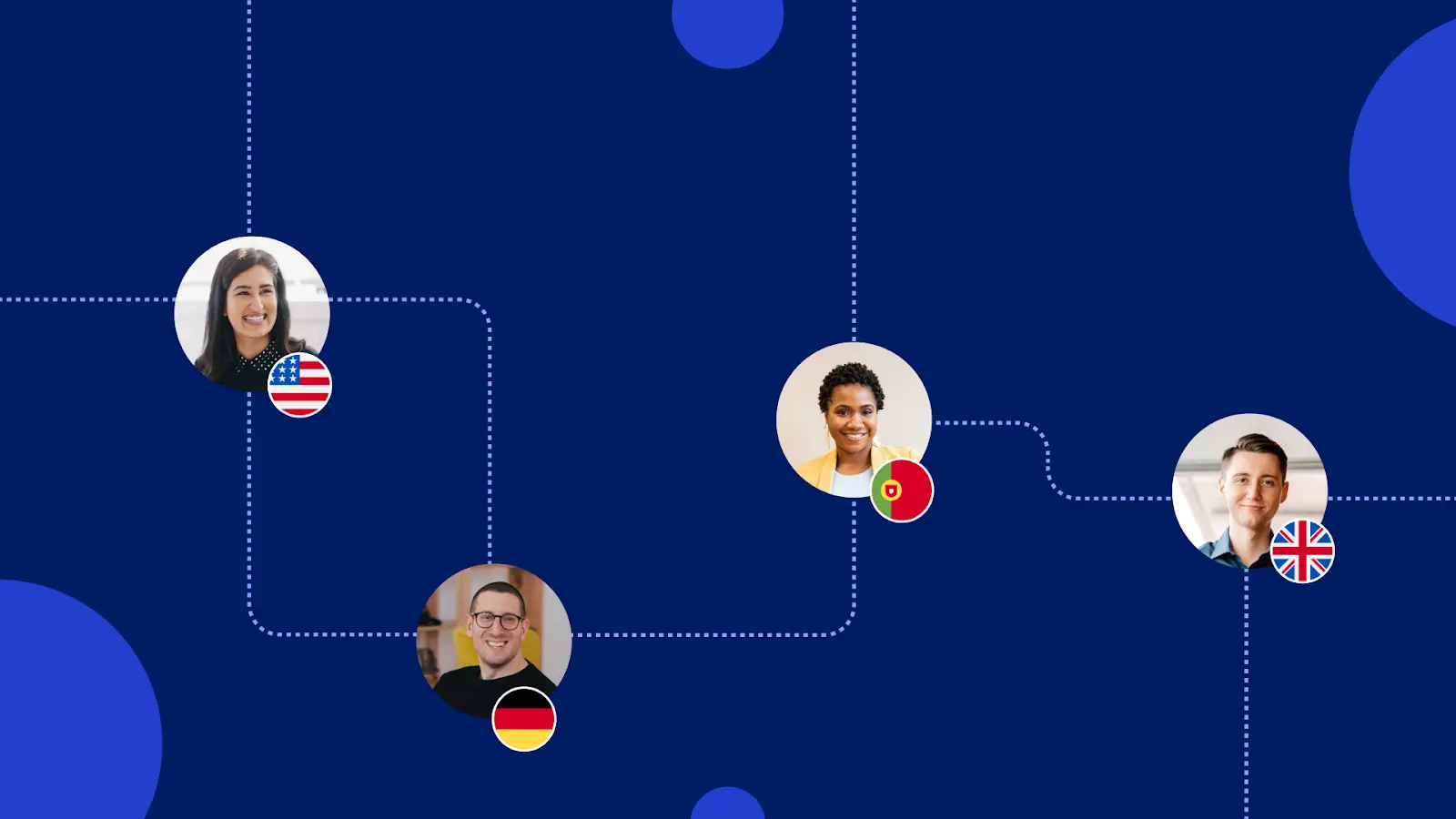HR teams across the UK and USA are understaffed, and most HR professionals are experiencing burnout. However, HR leadership across sectors prefer investing in HR technology and systems to help them operate more efficiently and connectedly with fewer people.
That’s all well and good, but technology can create the very silos it is trying to solve.
Generally, silos in HR are departmental. Whether by policy or learned behavior, departments slowly become isolated and work individually from each other. Valuable information and insight aren’t shared, and cross-collaboration is reduced.
It’s made worse by the fact that when decision-makers procure HR software, the main focus is to solve the problem at hand: more efficient payroll, streamlined onboarding and offboarding, easier compliance, and so on.
The original problem may be solved, but with each HR solution operating individually from the other systems in the company’s tech stack, silos inevitably creep back in.
Siloed HR systems pose risks that can hinder the company from getting the full view of its talent management. Worse, these risks are only amplified in a global talent management where using multiple systems seems like the obvious choice to manage people across borders.
But not all is lost. In this article, we’ll go over those risks, why it’s essential to integrate your HR tech stack, and how to empower HR for success.
The risks of siloed HR systems
HR systems are acquired with efficiency in mind, but too many such systems can unintentionally create the opposite effect. Most companies use a staggering sixteen HR solutions or programs on average to complete their HR processes.
In the absence of a unified system for HR, every employee must be individually entered into each system for payroll, benefits, compliance, expenses, and any other process. This increases the chances of redundancies and inaccuracies. In global talent management, the problem compounds, as you may be tempted to use country-specific programs to manage these tasks accurately.
Regardless of how it comes about, each program creates data that isn’t shared between the other systems and departments, allowing for data silos and fragmentation to develop. This isn’t intentional, and you may not even realize it’s happening. Despite that, the cycle of silos continues, and the company will soon lack the oversight needed to see the full scale of its talent management.
Consequences of fragmented data
Not having easily available and accessible data for your company and its people to make informed talent management decisions is the first consequence of fragmented data. You’d have to pull the analytics from each platform to piece together a complete picture.
And depending on how each team tracks, stores, and reports its data, you could possibly run into data collection gaps. This lack of insight and possible gaps imposed by fragmented data make decision-making less effective.
Fragmented data also runs the risk of non-compliance, especially in global talent management. Every country has its own employment laws and regulations to comply with, which becomes even more complicated when using a myriad of systems across several countries.
In fact, non-compliance with laws and regulations can rake up significant costs owed to fines and penalties, not to mention productivity and revenue losses — it may even be three times as much as the cost of ensuring compliance.
Solving both issues can be costly and time-consuming. For example, you’d have to hire a staff of lawyers and accountants to assist with compliance. And not all HR systems offer seamless integration, so you may need a data engineer or SQL (Structured Query Language) expert to structure your data into a single report. All those salaries soon add up.
By the time you’re done, expenses will have accumulated, and the data you need may now be outdated. To avoid these pitfalls, look for solutions that integrate most of your core HR functions.
The need for integration from the start
When you’re in the market for an HR system, look for comprehensive services and products, like Multiplier, that view all HR tasks as components of the same process and not individual functions.
The functions you rely on the most for talent management are integrated into one platform to reduce human error, increase HR productivity, and have access to a collection of usable data.
Empowering HR for success
To truly empower HR, align the selection of a robust HR system with your company goals and business outcomes. If the goal is to maximize the output of a smaller HR team, deploying multiple platforms can be counterintuitive.
Ask questions that help ensure you’re making the right selection and not unintentionally building more silos:
- How will the success of this platform be defined?
- Will this solution alleviate the administrative burden on my HR team or establish more work down the line?
- Does the software combine our core HR functions?
- Is the data available and accessible when my team needs it?
These are the questions that help overcome the obstacles of data silos. By sharing data with other departments and gaining their perspectives, HR and your company can make well-informed talent management decisions.
How Multiplier can help
The risks and consequences of siloed HR systems mentioned above are only made worse when managing global teams. It may even seem like using a plethora of apps and platforms is unavoidable to manage dispersed talent.
But that’s not the case.
Multiplier offers HR solutions that take an all-inclusive approach to global talent management by providing global payroll, EOR services, expense management, accessible data, employee onboarding and offboarding, compliance, and benefits.
Speak to a Multiplier expert to discover how Multiplier can unify siloed HR systems into one efficient system.







